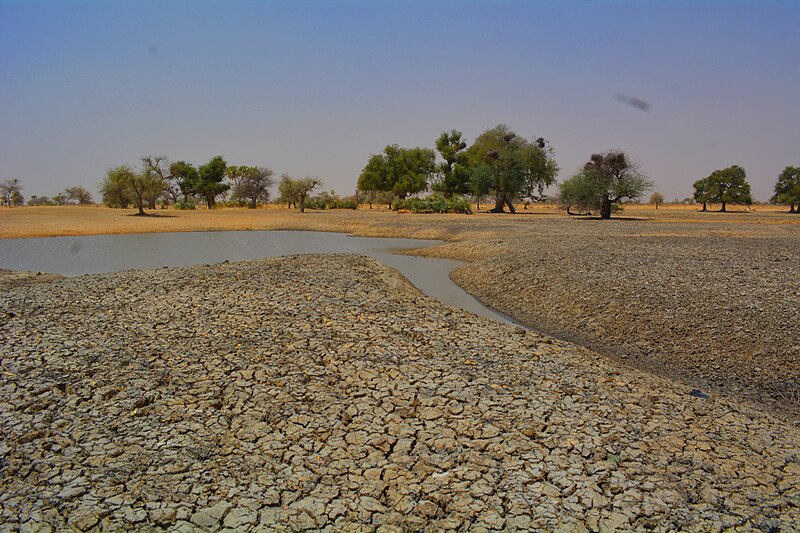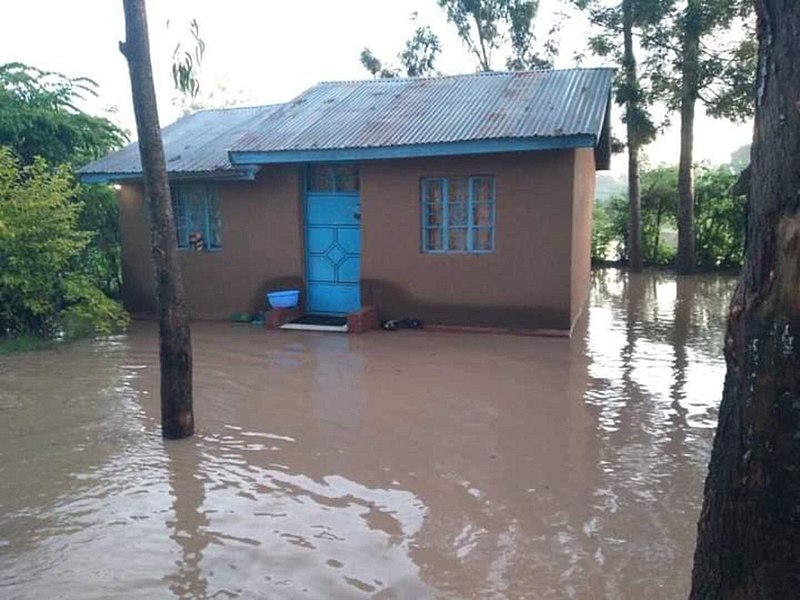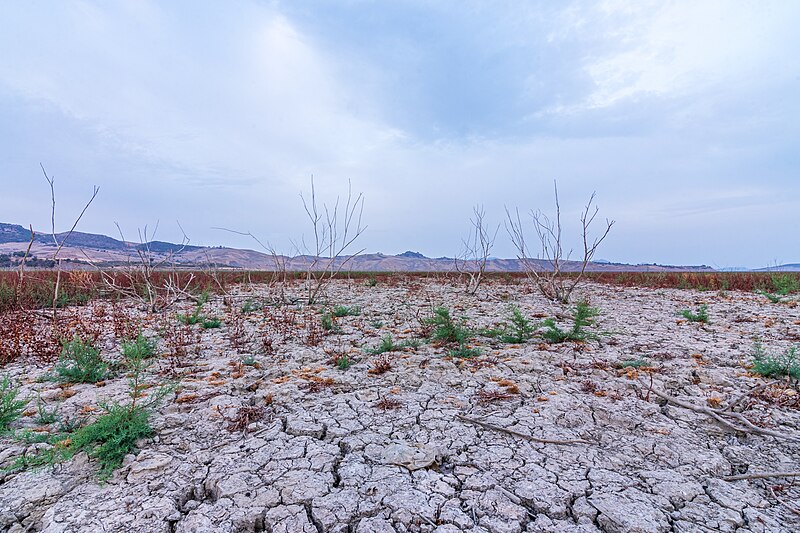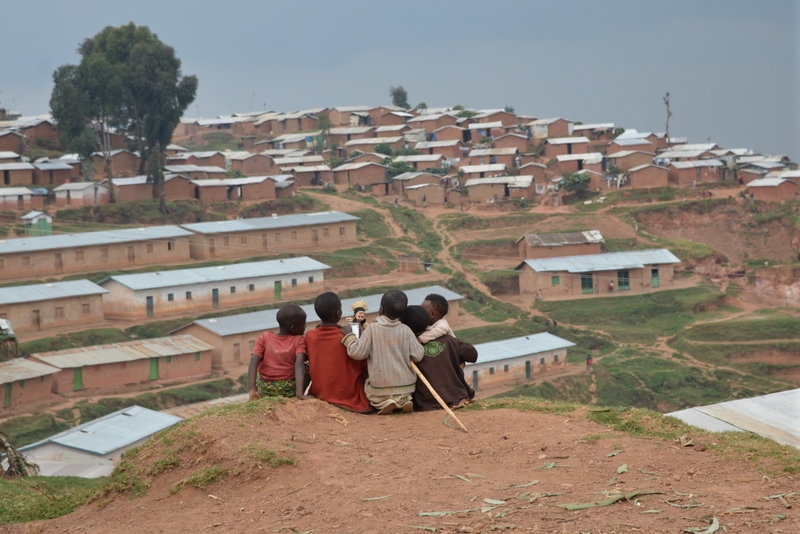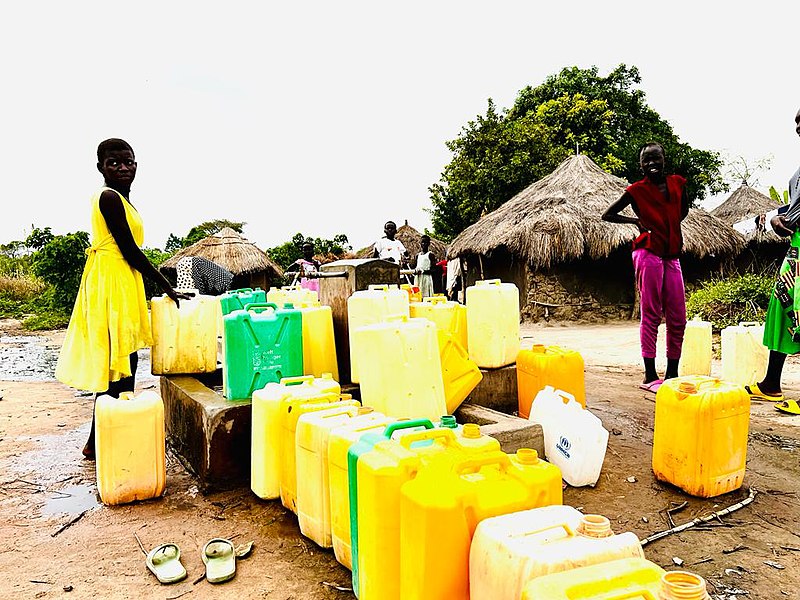Climate change and environmental degradation are some of the key drivers of migration and displacement. The ACSRM aims to enhance understanding of the migration, environment, and climate change nexus by examining the causes, drivers, patterns, and trends of migration induced by climate change and environmental degradation. The ACSRM will scrutinize the impacts of this type of migration on migrants and their families, the origin, and host communities and countries. It will analyze the laws, regulations, policies, measures, strategies, and initiatives in response to migration induced by climate change and environmental degradation. There are varying factors leading to climate change and environment-induced migration, including frequent droughts, rising sea levels, desertification, and floods, to name a few.
It is essential to mention that migration results from various economic, social, environmental, political, security, and humanitarian factors. Various patterns of environmental degradation, climate change, and other factors impact migration decisions. Climate and environmental change-prone areas are vulnerable to migration as it negatively impacts the livelihoods and resilience of affected communities, thereby resorting to migration as a coping strategy to circumvent environmental shocks and poor living conditions. People confronting poverty, unemployment, lack of social capital, social protection, and other socioeconomic hardships tend to be more vulnerable to environmental shocks.
Migration is a coping strategy to address challenging living conditions exacerbated by climate and environmental change, such as slow-onset and sudden-onset events. Climate change and environmental degradation trigger both internal and international migration. However, the former (internal migration) tends to be the most prominent pattern of migration induced by climate and environmental change. Climate change and environmental change affect rural and urban areas, which contributes to increasing rural-to-urban migration (internal migration). Increasing urbanization is one of the consequences of migration induced by environmental degradation and climate change.
Various policy options exist to address the challenges underlying the migration, climate change, and environment nexus, including humanitarian responses, adaptation and Disaster Risk Management, relocation strategies, protection, return and reintegration, resilience and livelihoods, and overall migration governance and management.


